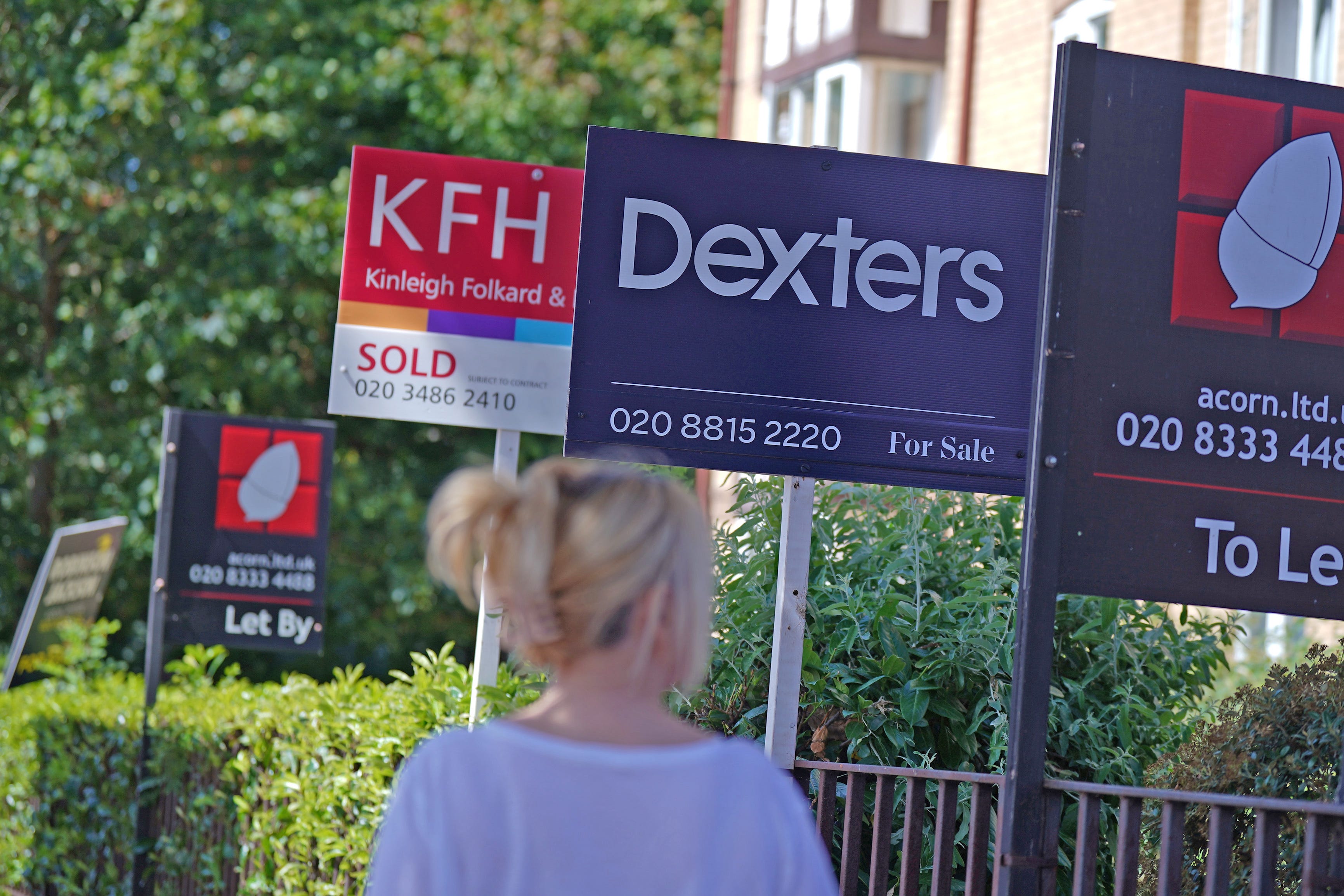Middle-income Australians experiencing rental stress with a third of pay spent on housing, report shows
Share:
Rent has increased by 36% nationally since Covid, CoreLogic finds, which equates to an extra $171 a week on average. Even Australians on median incomes are in rental stress, a new report has found, with households on middle incomes spending 33% of their wages on housing.
Last year saw the smallest annual rental increase since 2021, going up 4.8% over the year – down from 8.1% in 2023, CoreLogic’s report found. But since the onset of Covid, rents have increased by 36.1% nationally, equivalent to a rise of $171 a week, or $8,884 a year at the median level.
Housing advocates say while it sounds like good news for renters, out-of-reach house prices and growing rents mean the system is in crisis. With 10,000 new people accessing homelessness services each month, they are calling for governments to introduce a cap on rent increases.
CoreLogic economist Kaytlin Ezzy said as of September 2024, households on a median income now have to spend 33.0% of their pre-tax income to service the median rent, the highest percentage since CoreLogic started tracking rental affordability in 2006.
“The net result has potentially seen some prospective renters delay their decision to leave the family home,” she said. “Others have looked to form larger share households as a way of distributing the additional rental burden, unwinding the previous shrinking in the average household size that was apparent through the early stages of Covid.”.
Sign up for Guardian Australia’s breaking news email. This push to larger households can also be seen across property types, with houses recording both stronger quarterly (0.6%) and annual rent rises (5.0%) compared with the unit sector (-0.2% and 4.2%, respectively), the report said.






















